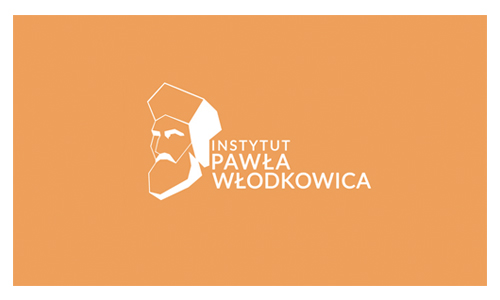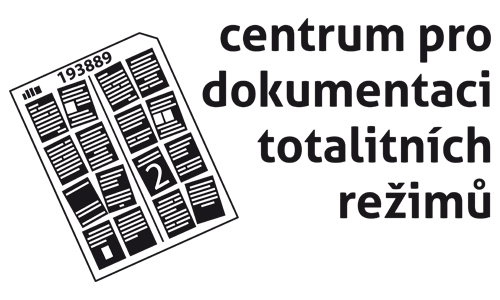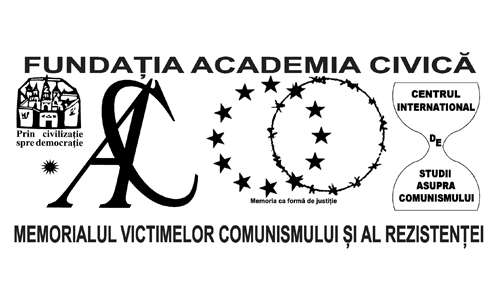Monuments
Monuments are objects that have been placed in visible places in public space to pay tribute to the deserved, to preserve the memory of particularly important events, or to restore memory of that which is forgotten.
This explanation should be supplemented by two points that are key to understanding what role monuments can play and what they tell us about the history of a country. First, extremely important are the circumstances in which the monument was created and the commemoration ceremonies held around it. Secondly, how the importance given by the local society to a given monument changes, or in other words: how the perception of what the monument is referring to changes.
Why are monuments built for?
The reason why a monument is created cannot be reduced simply to the decision that a given person/event deserves a special commemoration in public space (alongside other forms, such as naming a street or giving patronage to a school). Monuments are objects that appear in public space with additional context and purpose. They are placed to tell a story, or a certain version of it.
It was perfectly noticeable, although it is an extreme and negative example, in the actions carried out by the communist authorities in Central and Eastern European countries. By erecting new monuments - accompanied by the removal of existing ones, which presented content that did not fit within the doctrine of historical policy at that time - the communist authorities tried to create a story about the past, which in many cases was far from historical truth, but served, among other things, to justify submission to the Kremlin. That is why so many objects in all the countries of the so-called Eastern Bloc emphasized the heroism of Soviet soldiers in the struggle for the liberation of a given country from German occupation, as well as glorifying the brotherhood of arms between guerrillas / soldiers of a given country and soldiers of the Red Army.
This does not mean, however, that using monuments to shape an image of the past is solely the domain of undemocratic regimes - their actions are simply the most radical and comprehensive, and therefore the easiest to present.
How do monuments tell the story?
When considering the purpose and role of monuments in public space, it is worthwhile not only to consider how monuments can tell about the past - or how they tell a certain vision of history - but also how they are being seen in public awareness.
Quite intuitively, it can be pointed out that monuments speak with their form, that is, with what is depicted on them, as well as with the text of the inscription (or information placed on a separate plaque for example). In some cases, these forms of expression are so readable that the monument itself has great potential for communicating certain information, especially if it is placed in a space dedicated to specific events, such as a concentration camp or a place of execution.
However, when looking at this issue from a broader perspective, it should be stressed that a fundamental issue when considering the impact of monuments is how much they are present in public life.
Here we touch upon a much broader issue, which is historical policy, for which monuments are only one element. Focusing solely on the monuments themselves, however, it should be emphasized that the most effective tool for promoting and preserving the content they evoke is all kinds of ceremonies that take place in the vicinity of the monuments. As long as a monument is a place associated with rituals of remembrance, it is present in the awareness of the local society - and sometimes even the entire nation.
Here, a certain pattern can be shown. The greater the public/political interest in a given topic, the more attention the monuments that evoke this issue receive. Conversely, the decline in interest in a given topic makes the related monuments lose their importance.
The lifespan of monuments?
The monuments, as long as they are not destroyed or removed, can be expected to be present in public space for a long time. However, the mere existence of a monument in a given place is not equal to its semantic life. In a way of simplification, it can be said that a monument is "alive" for as long as it attracts the interest of local population.
This issue can be most easily seen on the example of monuments that were created out of political need. As long as various ceremonies were organized in their vicinity, they attracted the interest of the local community, and thus the stories to which the monument referred were promoted. With the political change, or as a result of a more thorough system transformation, many monuments lose their importance - or simply fall into oblivion. An excellent example of this is the fall of communism, which meant that almost overnight thousands of monuments were no longer being cared for, and therefore no longer received much attention from the local community (whose representatives sometimes took advantage of this situation to remove the particularly hated monuments).
On the other hand, it should be pointed out that the content to which the monument refers is not always constant and can be modified in certain circumstances. This may happen when, as the years go by, some of the elements exposed on the monument may become out of date, or even no longer understandable to subsequent generations, who do not feel a personal connection with the events depicted on the monument. And so the monument that commemorated the participants of the armed uprising may become a place to reflect on the values not for which they fought, but which are valuable to us, contemporaries.
In this context, it is also important who is responsible for organizing the ceremonies taking place in the vicinity of the monument. The fact that they are handed over from central government to the local authorities may change the content that is commemorated at the monument. The possibility of going from a national narrative to a local level may be an impulse to reconsider anew what is important for the community there.
Do monuments provoke conflicts?
The creation of monuments and rituals of remembrance, which are held around them, is accompanied by emotions - both positive and negative. This is particularly evident in the case of monuments that take up highly topical and debatable issues - they commemorate controversial figures, events whose course and consequences are not unequivocal - or they are an obvious manipulation of the authorities and tell the past in a false way.
Importantly, certain monuments that are not the site of official ceremonies, or are nearly forgotten, can almost suddenly become the subject of violent disputes. They may be about settling accounts with the past and, referring to the example of Central and Eastern Europe, removing monuments that are perceived by part of the society as symbols of the enslavement of the country by the Soviets. Other emotions may be caused by disputes about the vision of the country's future - where the point of conflict are monuments to politicians or intellectuals who are considered to be supporters of the old system or controversial ideology.
Recent years have provided clear examples of the potential of monuments to trigger conflict. For example, the riots that took place in Latvia in 2007 when the Bronze Soldier monument was attempted to be moved, or the protests of opponents commemorating the leaders of the Civil War, which took place in Charlottesville (USA) in 2017. In both cases, they were wounded and killed.
The most pessimistic scenario is when the disputes around the monument exceed the local or national level. Some conflicts may become international - when the monument brings up issues that are not accepted by another nation (for example, when they commemorate people or organizations that, being heroes for one side, may even be criminals for the other).
The events of the last decade show that such disputes, which are an expression of a lack of understanding of the past and differences in remembrance, can be a threat to peaceful coexistence. It is enough to mention such conflicts of memory as Polish-Ukrainian, Hungarian-Romanian or Greek-Macedonian, as well as arguments between the countries of the former Yugoslavia.
What do we learn from the monuments?
Looking at the history of monuments, from their creation to the present day, it can be pointed out that they are an important indicator of the changes that are taking place in a given country. First of all, learning about the circumstances surrounding the unveiling of the monuments, the intentions that accompanied their creation, the people responsible for choosing what was depicted and written on them, can provide a lot of information about what and why was wanted to be told. On the other hand, knowing what role the monument played in public space in the years following its unveiling, whether it was the site of cyclical ceremonies or, if so, when it fell into oblivion, is an excellent opportunity to see how important and topical was the story depicted on the monument.
In this context it can be said that monuments are a valuable source of knowledge about collective memory as well as historical politics - that is, about what and how people think about the past, and how politicians try to manipulate this image. This knowledge should be used to learn and understand the history of a given country. It will allow us to see not only the process of change, but also the differences that exist between us and the reasons why we sometimes diverge in thinking about the past and interpreting the present.
The starting point here should be historical education about the circumstances that determined the creation of individual monuments, as well as their subsequent fate. This is especially important because monuments, or other forms of commemorating the past (such as street names), accompany us on a daily basis.
Bringing closer the knowledge about the possibilities of using monuments in learning about history, as well as better understanding of the changes taking place in the collective memory of the nations of Central and Eastern Europe, is the aim of the project " Monuments of Remembrance 1918-2018". All the information on this website, including specially prepared descriptions of monuments from Poland, Czech Republic, Slovakia, and Romania, serves this purpose.
Methodological guidelines for preparing descriptions of monuments, which have been used as a basis for the descriptions provided on this website, as well as scenarios that will help to use the monuments in educational work, are attached as pdf files under this text. We sincerely invite you to read them.

















